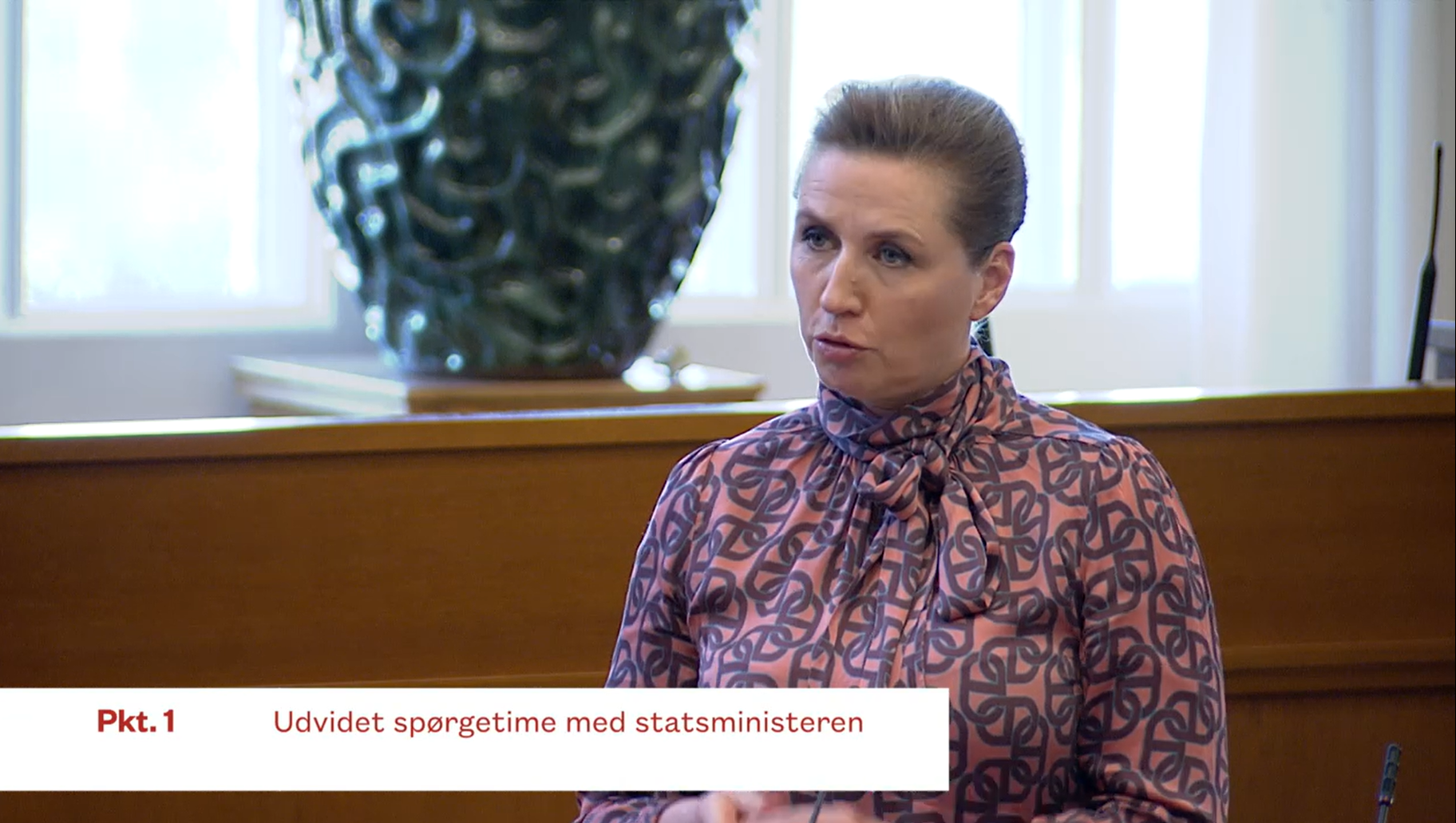A research project established in 2012, when the first wolf in over two centuries was sighted in Denmark, has provided a unique insight into the newly-arrived apex predator.
In a collaboration between the Museum of Natural History in Aarhus and the Department of Bioscence at Aarhus University (DBAU), the project ‘Projekt Nye arter i Danmark’ (‘Project New Species in Denmark’) reveals where the wolves are located, what they eat and how one wolf in Thy in northwestern Jutland has bred and spread across the entire peninsula since 2012.
“A study of the wolf DNA profiles registered at the national wolf registry at DBAU has shown that a total of 40 individual wolves have been present in Jutland over the two-year period,” the Museum of Natural History wrote.
“The researchers believe that most of the wolves have left the country again. They were probably young male lone wolves from northern Poland on the prowl for a mate.”
READ MORE: Wolf packs frightening Germans could be on the way to Denmark
Pups on the horizon
The findings, just published in the Danish journal Flora & Fauna, were collected using wildlife camera traps and DNA tests on wolf faeces.
The research found traces of the wolves in 64 small isolated 10×10-kilometre areas all over Jutland.
The carnivores usually feast on deer, but also smaller animals such as rodents and hares. Despite reports suggesting otherwise, no remains of pets have been found in the DNA tests.
Most of the wolves documented in Denmark over the past two years have been male, but there have also been traces of four female wolves and it is likely that Denmark will see wolf pups in the near future.













